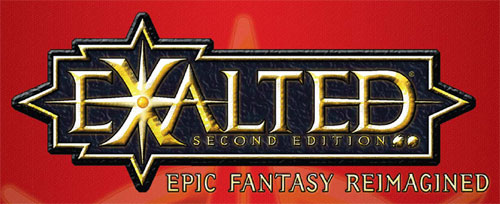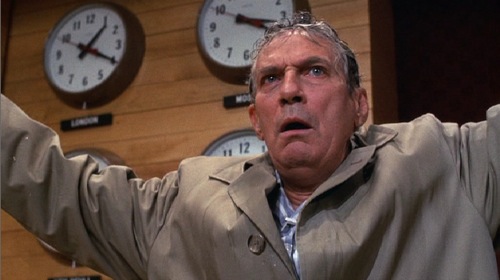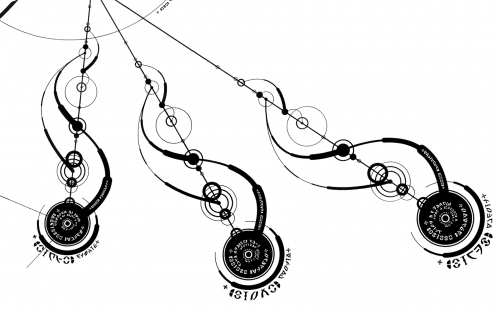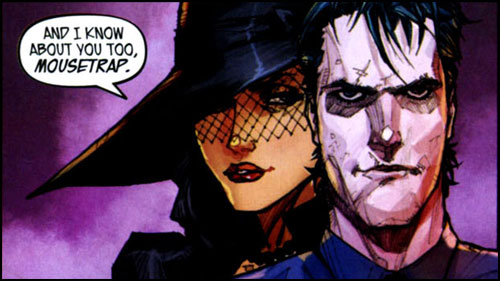The second major overhaul of the Dungeons & Dragons franchise is hitting mid-year, but the grand old flagship roleplaying game is far from immune to competition.
Like a woman scorned, Paizo has decided to push on with 3rd edition Dungeons & Dragons, recently publishing a playtest version for what amounts to version 3.75 of the system. Paizo used to publish Dragon and Dungeon magazines, was a spin-off company of the D&D franchise really, and didn’t get special consideration for early exposure to the new hotness. Clearly there were some sour grapes going on here. That said, the Pathfinder RPG looks pretty good.
With an anticipated release date of August 2009, it looks like it’ll be about a year late. That’s fourteen months after 4th edition hits the shelves, and a full year after 3rd party early-adopters will start peddling their supplements and campaign materials for it. The success of the Pathfinder adventure path series and revenue from their online store may help pad the shock a bit, but I’m rather pessimistic about this endeavor.
Another attempt to horn in on 4th edition FUD is the Graduate Your Game initiative by White Wolf. Maybe they just have a lot of 2nd edition Exalted rulebooks lying around, or maybe they’ve done some serious market research, but they’ve made a bold offer: give them your v3.5 Player’s Handbook and they’ll give you a shiny new copy of the Exalted core rules. A lot of long-time D&D players are upset that their beloved basement-dweller pastime of choice is getting a major overhaul, and I’ve seen a lot of talk about switching to Savage Worlds or True 20, or keeping on with 3.5 indefinitely. Hanging on to 3.5 sounds reasonable, as these gamers already have their books and can run them forever without having to spend a dime on new rules. The problem them becomes new players: how do you get a new player up to speed on the system when the rules are no longer in print? Ask anybody who has looked for the Iron Kingdoms Campaign Guide on Amazon lately, and you’ll find that out-of-print RPG titles can fetch a pretty penny. I wonder if White Wolf intends to open up an eBay shop in a year or two? Hmm…
Anyhow, to a lot of folks, their v3.5 players handbooks are full-color glossy toilet paper once 4th edition comes out. They’ll be adopting the new system or otherwise abandoning the old. Unless you’re chronically-nostalgic, it may be a good chance to pick up a pretty good fantasy RPG.









